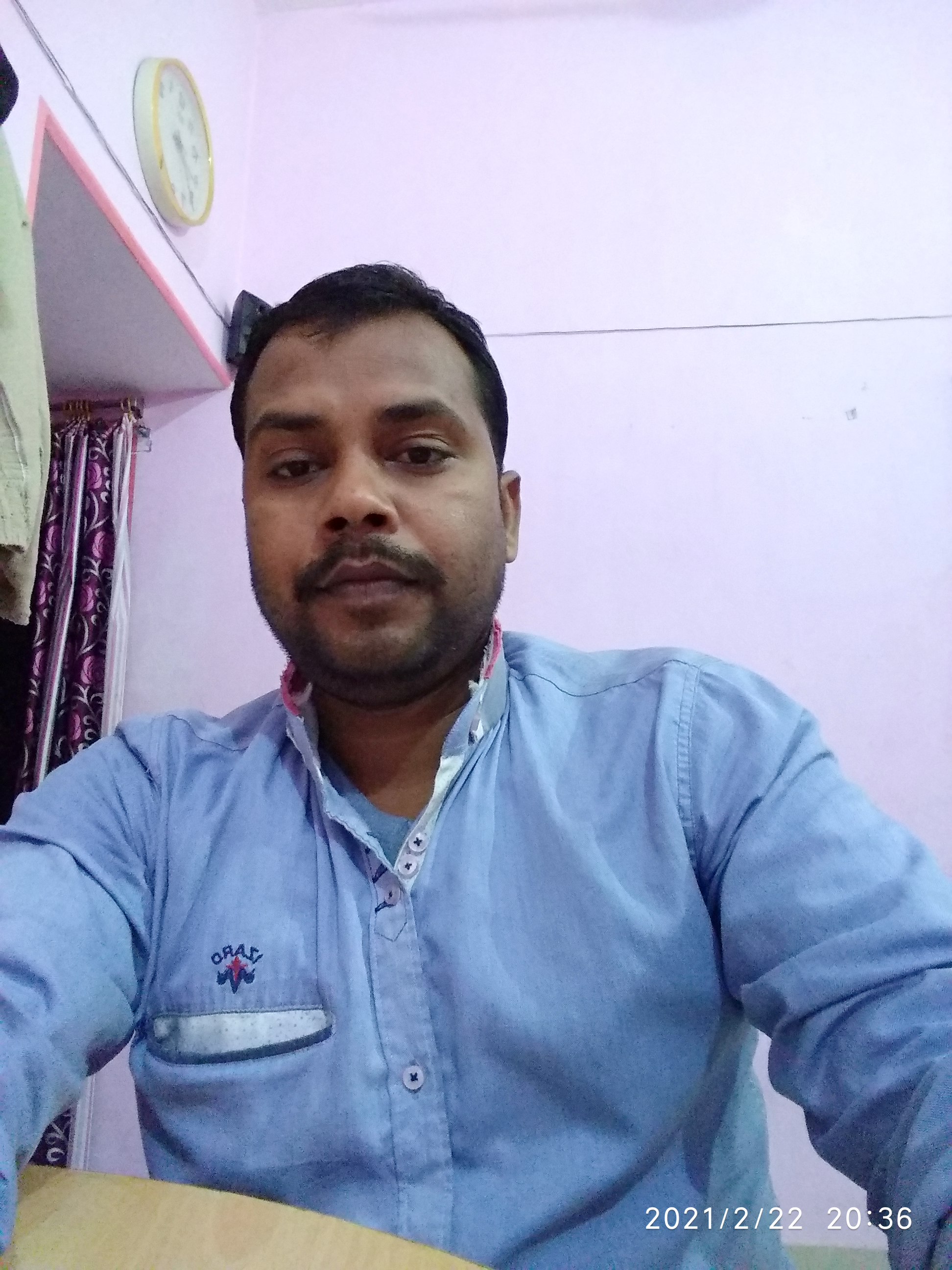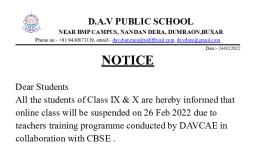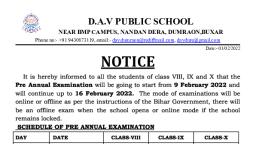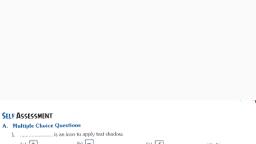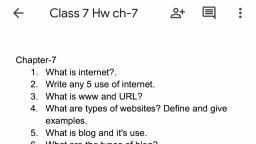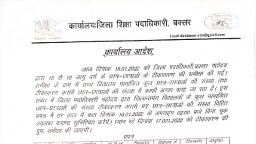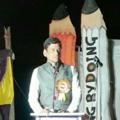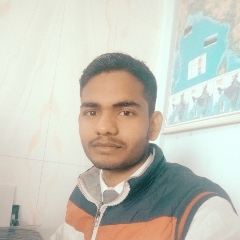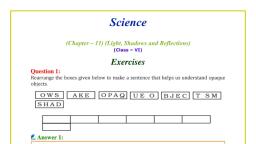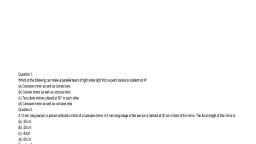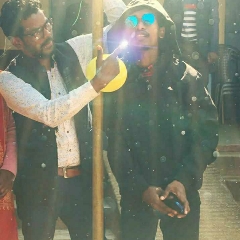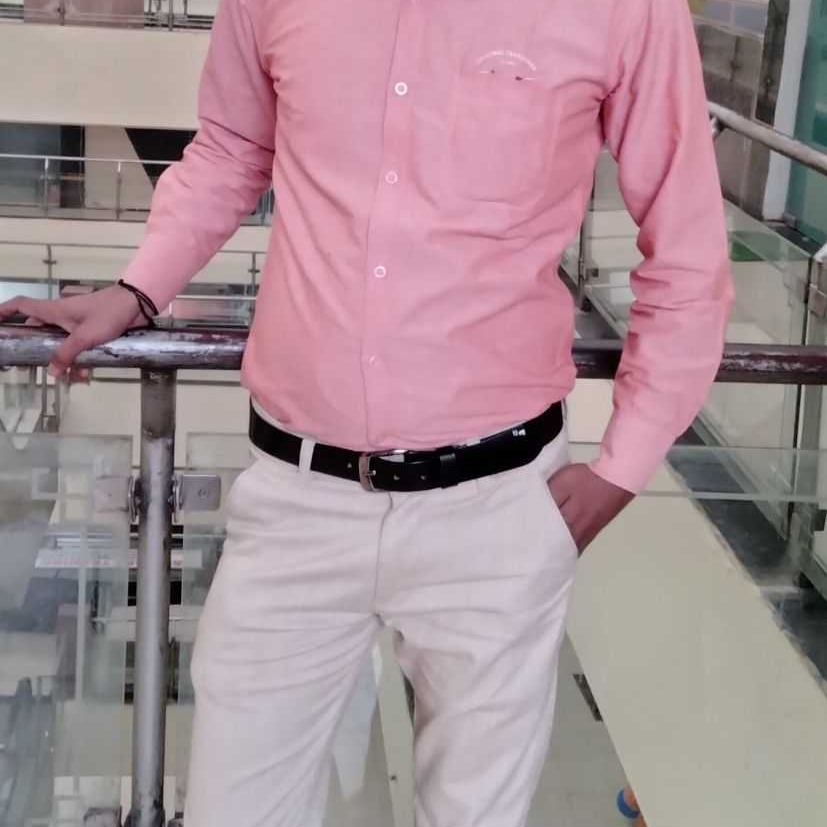Question 1 :
Which of the following is not a use of concave lens?
Question 3 :
The incident ray, the normal at the point of incidence and the refracted ray:
Question 4 :
When a ray of light passes through a rectangular slab, made up of some transparent material other than glass, the emergent ray is
Question 5 :
Light moves from air into water. The light makes an angle of $47^{\circ}$ with the normal in the air. What angle will it make with the normal in the water?<br>The index of refraction for air is $1.00$.<br>The index of refraction for water is $1.33$
Question 6 :
State whether true or false:The angle of incidence is always smaller than angle of refraction when a ray travels from air to glass, at an oblique angle
Question 7 :
Identify the phenomenon due to which a converging lens forms an image :
Question 8 :
The image formed by a concave mirror is observed to be virtual, erect and larger than the object. Where should be the position of the object?
Question 9 :
State whether true or false:A concave lens forms a magnified or diminished image depending on the distance of object from it.<br/>
Question 10 :
The focal length of a convex lens is $5\,cm$,where should the object be placed to get  a real image with same size as that of object:
Question 11 :
A symmetric double convex lens is cut in two equal parts by a plane perpendicular to the principal axis. If the power of the original lens is $4 D$, the power of cut lens will be ________.
Question 14 :
The power of a lens having a focal length of $1 cm$ is :<br/>
Question 15 :
A ray of light passing through the focus of a concave mirror will be :
Question 16 :
Material $1$ has an index of refraction of $1.15$.<br/>Material $2$ has an index of refraction of $2.30$.<br/>If light passes from air into each of these materials at the same angle of incidence, how will the angle of refraction in material $1$ compare to the angle of refraction in material $2$?
Question 17 :
The value of the focal length of the lens is equal to the value of the image distance when the rays are
Question 18 :
A light ray travels at some angle (not head on) from water in a rectangular aquarium, through the glass side, and out into air . The indices if refraction for water, glass, and air are 1.33, about 1.6, and 1.0, respectively.<br/>Rank the material;s according to the angles of refraction  made by the light ray with the normal in each, greatest first.
Question 19 :
A thin film of thickness i and index of refraction 1.33 coats a glass with index of refraction 1.50. What is the least thickness/that will strongly reflect light with wavelength 600 nm incident normally?
Question 20 :
During refraction through a glass block, the angle of refraction _______.
Question 21 :
What type of mirror can be used alone to obtain a real image of a real object?
Question 23 :
In passing through a boundary, refraction will not take place if
Question 24 :
A camera is an optical instrument which makes use of a :
Question 26 :
In order to get a diminished virtual image, the object can be placed anywhere in front of a :
Question 28 :
The distance between an object and its real image produced by a converging lens is $0.72\ m$. The magnification is $2$. What will be the magnification when the object is moved by $0.04\ m$ towards the lens?
Question 29 :
State whether true or falseA convex mirror is used for obtaining a real and magnified image.
Question 30 :
Which of the following is not a characteristic of image formed by Concave lens ?
Question 31 :
A convex mirror used for rear view on an automobile has a radius of curvature of 3.00m. If a bus is located at 5.00m from this mirror, find magnification?<br>
Question 33 :
A rod is placed in a beaker of full of water. It appears to be bent inside the water. Which of the following property of light is responsible for the rod appearing to be bent?
Question 35 :
A man is unable to see closer than 1 m clearly.The power of lenses of his spectacles should be to see nearby object.
Question 38 :
A real, inverted and equal in size image is formed by
Question 41 :
Two thin lenses of focal lengths $f_{1} and f_{2}$ are in contact and coaxial. The power of the combination is :<br/>
Question 42 :
A virtual image larger than the object can be produced by a
Question 43 :
The focal length of convex lens is 30 cm and the size of image is quarter of the object, then the object distance is:-
Question 44 :
A ray of light passes through a glass slab. and the angle of emergence is found smaller than the angle of incidence. So, we may conclude that the glass slab
Question 45 :
The ratio of the size of the image to the size of the object is known as
Question 46 :
To observe the hydra bud clearly. Raju should see it first under the low power lens and then under the high power lens in order to see 
Question 47 :
A concave mirror of focal length $f$ (in air) is immersed in water $(\mu=4/3).$ The focal length of the mirror in water will be
Question 48 :
A straight line passing through the two centres of curvature of lens is called
Question 49 :
Height of the image of an object on an principal axis produced by a convex lens is double the focal length of lens is $20 cm$, then image distance from the lens is:
Question 50 :
If an object is placed at '$C$' of a concave mirror, the position of the image is ______
